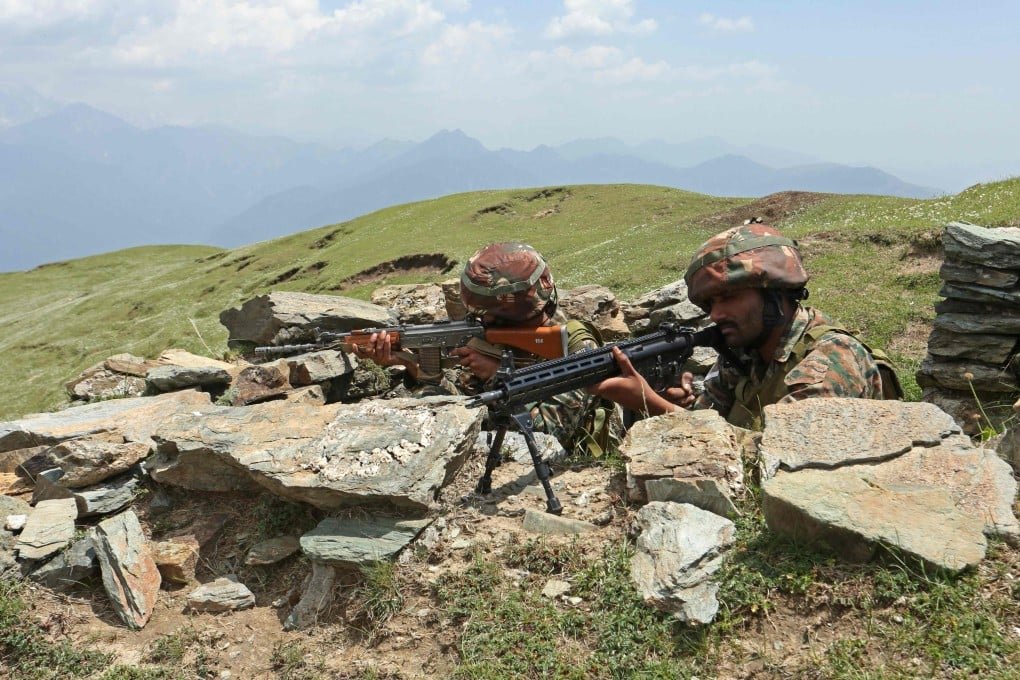Yes, Dassault Aviation has committed to produce Rafale fighter jets in India as part of its ambitious ‘Make in India’ initiative. This signals a historic shift in the French aerospace major’s production approach, as well as a key step toward India’s aim of self-sufficiency in defense manufacture under the Atmanirbhar Bharat framework.
This pledge underlines France’s awareness of India’s strategic requirement for domestic manufacture, as well as its connection with India’s overall defence self-reliance goal.
The offer comes at a critical time, since India currently runs around 31 fighter squadrons against a sanctioned demand of 42, resulting in a severe capability gap. France has shown a readiness to meet this requirement through local manufacture rather than simply providing fly-away kits.
The Indian Air Force plans to acquire 114 Rafale fighter jets worth over ₹2 lakh crore (about USD 23 billion), with 60% indigenous content. If approved, this mega-deal, which is now being reviewed by India’s Defence Ministry, will be the largest defence procurement contract in Indian history. The Defence Procurement Board, led by the Defence Secretary, is scheduled to decide on this proposal in the coming weeks before referring it to the Defence Acquisition Council for final approval.
If approved, India’s Rafale fleet would increase to 176 aircraft, including 36 previously inducted by the Indian Air Force, 26 ordered by the Indian Navy (signed in April 2025), and the proposed 114 aircraft. This would make India the world’s largest operator of Rafale fighter fighters, except France.
Dassault’s proposal takes a comprehensive strategy to localising Rafale production in various aspects.
In a historic agreement signed in June 2025, TATA Advanced Systems Limited (TASL) promised to build Rafale fuselages at a new plant in Hyderabad. This is the first time Rafale fuselages have been produced outside of France.
Under four Production Transfer Agreements with Dassault Aviation, TASL will manufacture crucial structural components such as the rear fuselage’s lateral shells, the entire rear section, the central fuselage, and the front section.
The factory is anticipated to start production in fiscal year 2028, scaling up to supply two complete fuselages per month. This agreement transfers around 60% of the Rafale’s manufacturing value to India via structural component production and technology transfer.
Dassault Reliance Aerospace Limited (DRAL), a joint company based in Nagpur’s MIHAN Special Economic Zone, will undertake final assembly of Rafale aircraft. DRAL is currently producing components like as wings and fuselage parts, but wants to expand to integrated airplane production, with a monthly production pace of two aircraft.
This factory would meet both Indian defense needs and possibly manage export contracts, such as Indonesia’s recent order for 42 Rafales.
Safran, a French engine maker, is constructing facilities in India to assemble its M-88 engines. Furthermore, a specialized Maintenance, Repair, and Overhaul (MRO) station for Rafale M-88 engines is anticipated to open in Hyderabad by late 2026, ensuring the long-term operational sustainability of the whole Indian Rafale fleet.
This strategy solves major sustainability problems while also lowering operational costs by allowing for domestic engine service without relying on international resources.
The projected 60% indigenous content is a significant commitment compared to traditional defense transfer deals. Dassault has already started procuring titanium parts from Indian industry and intends to develop its local vendor base further. However, while 60% indigenisation is substantial, some defence experts believe that obtaining at least 80% local content would be more tactically optimal for operational sovereignty and long-term cost savings.
The Defence Ministry reviewed the proposal and rejected minimal localization levels of 10-15%, indicating a significant shift in India’s defense purchase policy. Officials have stated that ideas without significant domestic industrial participation would be considered incompatible with the Atmanirbharta Bharat initiative.
The move follows the Rafale’s demonstrated operational performance during Operation Sindoor against Pakistan, where the aircraft reportedly outmatched Chinese PL-15 air-to-air missiles through its advanced Spectra electronic warfare suite. The new batch of Rafales manufactured in India is expected to feature longer-range air-to-ground missiles than the Scalp missiles currently deployed.
Furthermore, French Ambassador Mathou stated that Safran and India’s Defence Research and Development Organisation (DRDO) are in talks to jointly design and manufacture engines for the Advanced Medium Combat Aircraft (AMCA), India’s fifth-generation indigenous fighter programme.
This convergence of initiatives—simultaneous Rafale localization and indigenous engine development—reflects France and India’s developing strategic alignment in establishing full aerospace manufacturing capabilities that include propulsion systems, airframe assembly, and systems integration.
From 2019 to 2023, France accounted for 33% of India’s military imports, second only to Russia (36%). This industrial venture underscores the two nations’ strengthening strategic partnership, which is built on decades of strong defense collaboration. Unlike some suppliers, France has constant licensing regulations that ensure against disruptions, similar to Russia’s long-standing assistance since selling the Toofani fighter in 1953.
The proposal is consistent with India’s need to expand its fighter fleet while also developing indigenous aerospace manufacturing capabilities to support multiple future defense aviation programs, including the HAL Tejas Mark II and the Advanced Medium Combat Aircraft (AMCA) fifth-generation fighter platform, which is not expected before the middle of the next decade.


